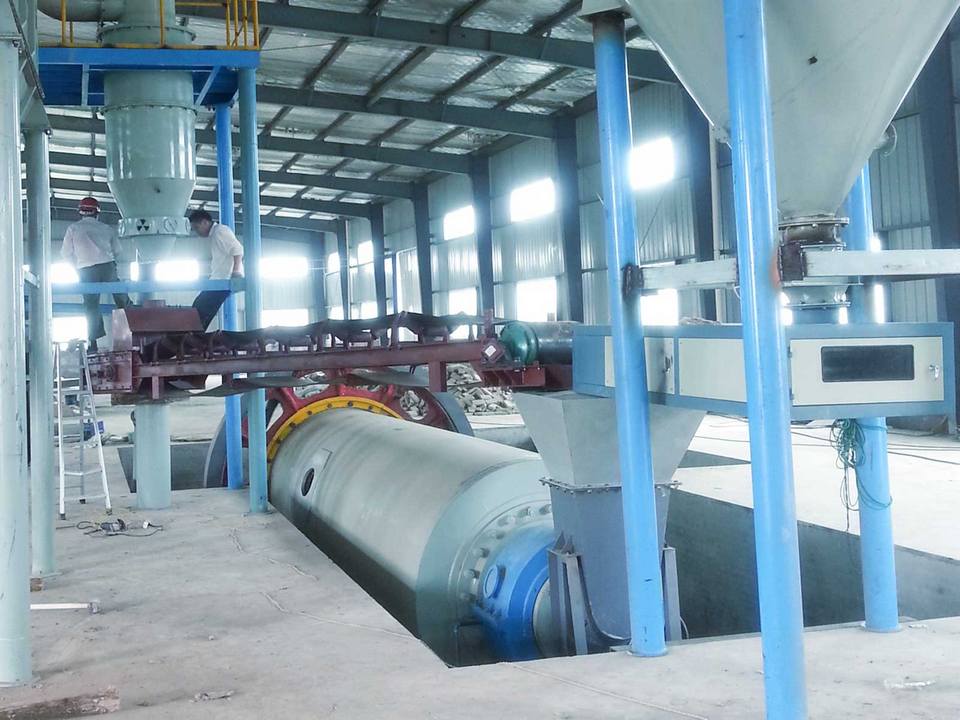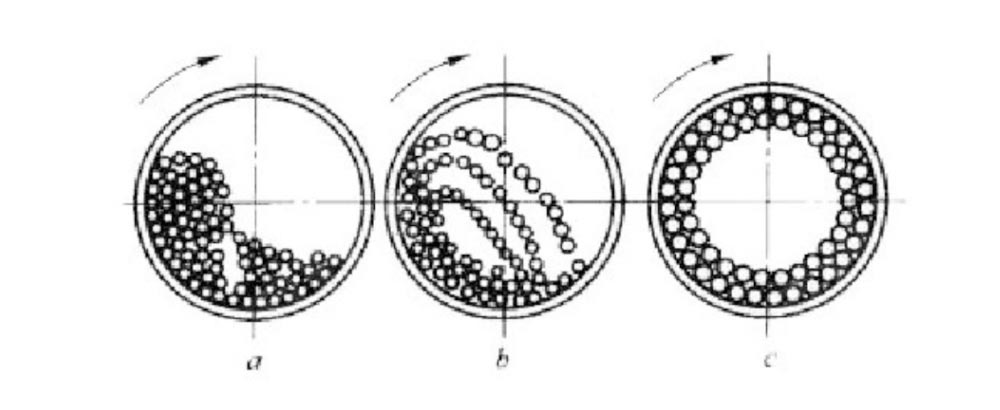Introduction & advantages of ball mill
The ball mill is the key equipment for grinding materials after being crushed. This type of grinding machine is equipped with a certain number of steel balls as grinding media in its cylinder.
It is widely used in the production of cement, silicate products, new building materials, refractory materials, fertilizers, ferrous or non-ferrous metal beneficiation, and glass ceramics. The ball mill is suitable for grinding various ores and other materials. It is widely used in mineral processing, building materials and chemical industries. It can be divided into dry and wet grinding methods. According to different ways of discharging, it can be divided into grid type and overflow type.

The ball mill is mainly composed of a cylindrical barrel, an end cover, a bearing, a large transmission gear ring and other components. The barrel is filled with steel balls or steel bars with a diameter of 25-150mm, which is called a grinding medium, and its loading is the entire barrel. 25%-50% of effective volume. There are end caps at both ends of the cylinder. The end caps are connected with the flange at the end of the cylinder by bolts. There is a hole in the middle of the end cap, which is called a hollow shaft. The hollow shaft is supported on bearings and the cylinder can rotate. A large gear ring is also fixed on the cylinder. In the drive system, the electric motor drives the large gear ring and the cylinder through the coupling, reducer and pinion to rotate slowly. When the cylinder rotates, the grinding medium rises to a certain height with the cylinder wall, and then falls in a parabola or cascade down. Because there is a hollow shaft on the end cover, the material is fed into the cylinder from the hollow shaft on one side, and gradually spreads and moves to the other side. During the movement of the material, the rotating cylinder brings the steel ball to a certain height and falls to hit the material. While a part of the steel balls in the cylinder body in a cascading state have a grinding effect on the material, the entire movement process is also the grinding process of the material.

The advantages of the ball mill are:
1. Stable operation and reliable work;
2. The use of materials and processing techniques with excellent performance extends the service life of main components;
3. Use three-dimensional design and simulation to optimize the design to make the equipment more cost-effective;
4. A variety of equipment types to meet the needs of different production processes.
